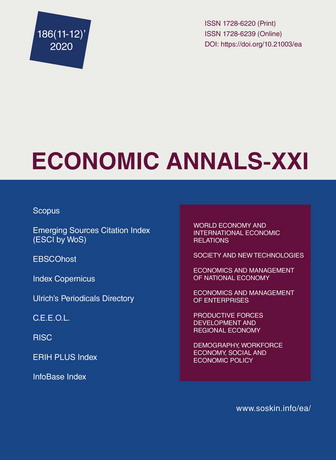Features of social and labour monitoring in the conditions of transition to remote employment
Features of social and labour monitoring in the conditions of transition to remote employment
Author(s): Irina Maltseva, Yuliya Shulgina, Oleg KalimovSubject(s): Economy, Labor relations
Published by: Institute of Society Transformation
Keywords: Social and Labour Monitoring; Remote Employment; Labour Productivity;
Summary/Abstract: The paper discusses the need to develop effective tools for social and labour monitoring of personnel with regard to the transition to remote employment. It shows that the percentage of employees working remotely has increased over time. The events of 2020 only strengthened this trend and accelerated many processes associated with the digitalization of management and production processes. The purpose of the study is to analyze and assess the features of social and labour monitoring in the context of the transition to remote employment. Many companies use special software tools to judge the effectiveness of the use of working time. The authors have analyzed the software products most often used by companies in the transition to remote employment and identified the principles that companies should adhere to in order to effectively transform their activities in the current environment. The implementation of such systems is always associated with the ethical side of control. Therefore, finding a balance between control and trust is an important condition for effective work. A comparative analysis of the level of technical equipment by country has been carried out. The authors have drawn conclusions about the possibilities of switching to a hybrid mode of operation for certain areas of activity in the future. The greatest potential for remote employment remains among well-qualified workers. The article shows that the possibilities of switching to remote employment directly depend on the structure of the economy (the share of the financial sector and agriculture), as well as on the possibility of automating the type of activity that brings the greatest income to the state.
Journal: Економічний часопис - ХХІ
- Issue Year: 186/2020
- Issue No: 11+12
- Page Range: 143-151
- Page Count: 9
- Language: English

